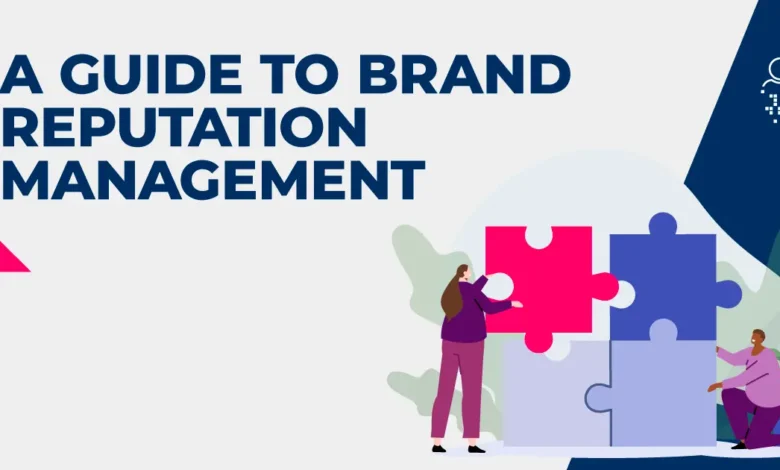
In today’s fast-paced digital world, a strong brand reputation can make or break a business. Imagine your brand as a delicate balloon—one small pinprick can cause it to deflate quickly. This analogy captures the essence of brand reputation management; if you don’t take care of it, even the smallest misstep can lead to significant consequences. In this article, we’ll explore seven proven brand reputation management strategies that can help safeguard and enhance your business’s image.
Understanding Brand Reputation
Brand reputation is how the public perceives your business. It’s built on customer experiences, reviews, and the overall sentiment surrounding your brand. Just like a house is only as strong as its foundation, your brand’s reputation relies on the quality of your products, services, and interactions with customers.
The Importance of Brand Reputation Management

Managing a brand’s reputation effectively is essential to preserving credibility and trust. Studies show that consumers are more likely to engage with brands they perceive positively. Think of it as a shield—strong brand reputation protects your business from negative impacts and enhances customer loyalty.
Strategy 1: Monitor Your Online Presence
The first step in brand reputation management is keeping an eye on what people say about your brand online. Utilize tools like Google Alerts or social listening software to track mentions of your business across various platforms.
Why Monitoring Matters
Monitoring your online presence helps you understand public perception and identify potential issues before they escalate. Just like a gardener regularly checks for weeds, you must stay vigilant about your brand’s health.
Strategy 2: Respond to Feedback Promptly
When customers leave reviews, whether positive or negative, it’s essential to respond quickly. TThis demonstrates your commitment to growing and your value for their feedback.
Turning Negatives into Positives
A timely response to negative feedback can turn a dissatisfied customer into a loyal one. It’s like mending a tear in a garment—if you fix it quickly, it remains wearable and valuable.
Strategy 3: Build a Strong Brand Story

Every well-known brand has an interesting backstory. Craft a narrative that resonates with your audience, highlighting your values, mission, and the journey that led you to where you are today.
The Power of Storytelling
A strong brand story connects emotionally with customers, making your brand more relatable. Think of it as a good book—once readers are invested in the story, they’ll keep coming back for more.
Strategy 4: Foster Customer Relationships
Building and nurturing relationships with customers can enhance brand loyalty and improve your reputation. Regular communication through newsletters, social media, or loyalty programs can strengthen these ties.
Creating a Community
When customers feel like part of a community, they are more likely to advocate for your brand. Consider it like a family gathering—strong connections create lasting bonds.
Strategy 5: Leverage Social Media
Social media is an effective tool for managing the reputation of a brand. It allows you to engage directly with customers, showcase your products, and share positive content.
Engagement is Key
Actively engaging with your audience can turn casual followers into loyal fans. It’s akin to hosting a conversation at a party—people appreciate being heard and valued.
Strategy 6: Invest in Quality Customer Service
Superior customer service can distinguish your company from rivals. Train your team to handle inquiries and complaints professionally and empathetically.
The Ripple Effect
Good customer service creates a positive ripple effect. Satisfied customers share their experiences, amplifying your brand’s reputation. Think of it like throwing a stone into a pond—the ripples spread far and wide.
Strategy 7: Create Positive Content

Producing quality content that adds value to your audience can help improve your brand reputation. Blogs, videos, and infographics that educate and entertain can position your brand as an authority in your field.
Content as a Reflection of Your Brand
Quality content reflects your brand values and personality. It’s like a window display—what you showcase can attract or deter potential customers.
Measuring the Success of Your Strategies
To understand the effectiveness of your brand reputation management strategies, you need to measure success. Use metrics such as customer satisfaction scores, online reviews, and engagement rates to gauge progress.
Adjusting Your Approach
Do not be afraid to alter strategies if they are not working. Think of it as tuning a musical instrument—sometimes, small tweaks can make a world of difference.
Conclusion
Brand reputation management is not just about responding to crises; it’s about proactively building a positive image that resonates with your audience. By putting these seven tried-and-true brand reputation management strategies into practice, you can make sure that your brand flourishes in a cutthroat market. Remember, a good reputation is like a strong foundation—it supports everything you build.
FAQs
What is brand reputation management?
Brand reputation management involves strategies and practices to shape and influence public perception of a brand.
Why is brand reputation important?
A strong brand reputation builds trust, enhances customer loyalty, and differentiates your business from competitors.
How can I monitor my brand’s reputation online?
Use tools like Google Alerts, social listening software, and review platforms to track mentions of your brand.
How should I respond if I get unfavorable feedback?
Respond promptly and professionally, offering solutions or apologies where necessary to show you care.
Can storytelling really improve my brand’s reputation?
Yes! A compelling brand story creates emotional connections with customers, making them more likely to support your brand.





One Comment